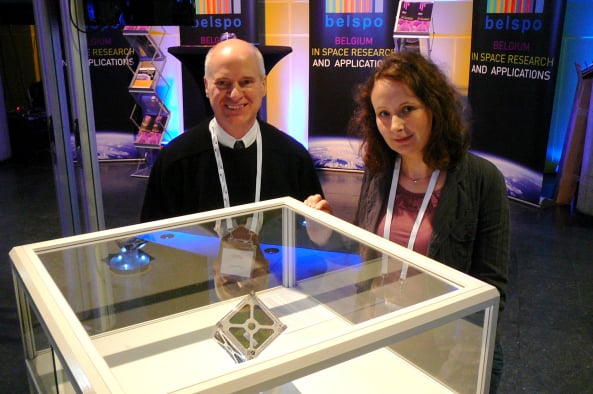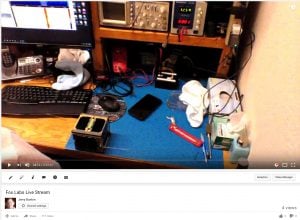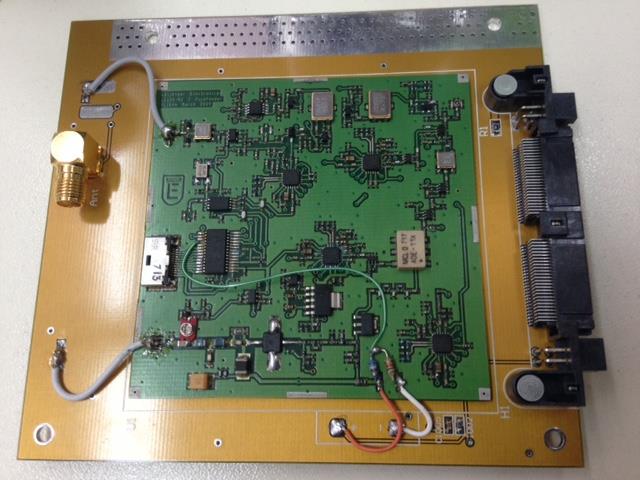UPDATE: The preliminary keps listed below are incorrect. Use these for the three cubesats until new keps are released.
AAUSAT4
1 00003U 00001A 16116.99330001 .00000000 00000-0 00000-0 0 0018
2 00003 98.2172 124.4782 0152400 241.4610 358.4169 15.02516156 00011
From Stefan Dombrowski, ON6TI:
OUFTI-1, the first D-STAR repeater in space, is currently on the launchpad in Kourou, French Guiana. The launch is scheduled for Monday, April 25th at 21:02:11 UTC.
On board this Fregat flight, VS14. are Sentinel-1B, Microscope, Norsat-1 as well as 3 cubesats participating at ESA’s “Fly Your Satellite” programme. Those 3 cubesats are:
AAUSAT-4 is an initiative of the University of Aalborg, Denmark and will have as primary payload an AIS receiver to allow tracking of ships. AAUSAT-4 will transmit on 437.425 MHz using CW and the CSP spacelink format. Further information is available on the homepage http://www.space.aau.dk/aausat4/
e-st@r-II is an initiative of the University of Turin, Italy and will transmit a CW beacon on 437.485 MHz. More information is available at http://www.cubesatteam-polito.com/operations/radio-amateurs/
Finally, OUFTI-1 is a cubesat designed at the University of Liège, Belgium. One of its payloads is a complete D-STAR repeater. The initial mode will be a CW beacon on 145.980 MHz. Technical details and the software to decode its telemetry can be found on http://events.ulg.ac.be/oufti-1/radioamateurs/
The CW beacon will transmit periodically for 2 minutes followed by 1 minute of silence.
The AX25 beacon will be turned on later, once the attitude of the satellite has stabilized.
Following timing is expected on Monday, April 25th:
Launch: 21:02:11 UTC (you can watch this live on http://www.esa.int/spaceinvideos/esalive)
Separation: 23:50:24 UTC
Activation: 00:20:24 UTC (Tuesday)
OUFTI-1 and e-st@r-II will start transmitting just in reach of Mexico. 1st pass over the US will be a few minutes later, covering around 00:32:00 UTC the whole US with a very high elevation. The next pass around 02:00:45 UTC will benefit the western half of the US.
The preliminary TLE’s for all 3 cubesats are
OUFTI-1
1 99999U 16116.99345058 .00011869 00000-0 69250-3 0 00006
2 99999 098.1425 127.7912 0173917 231.5709 358.3214 15.00025810000019
Reception reports are welcome on the IRC http://webchat.freenode.net/?channels=#cubesat




